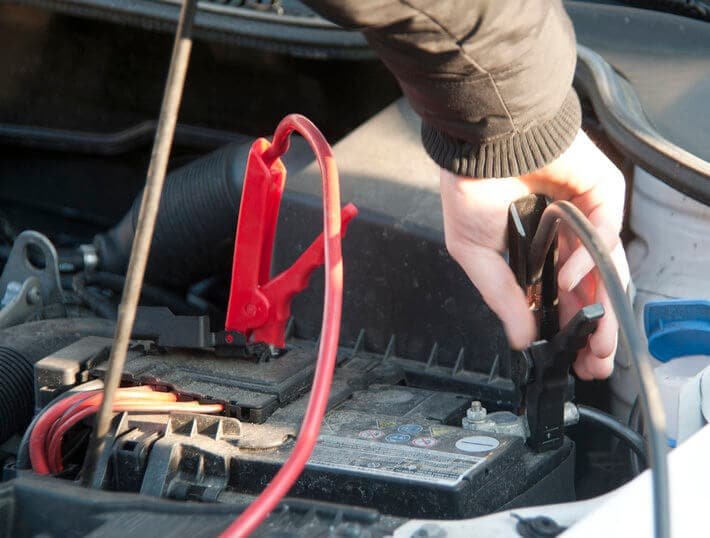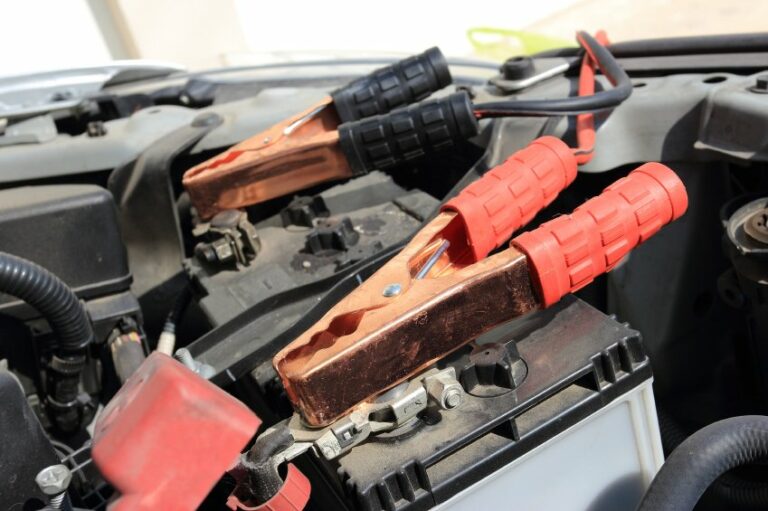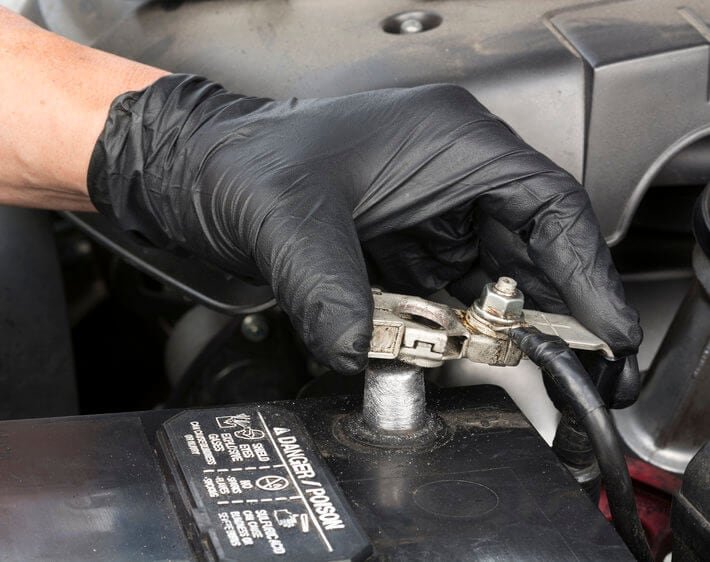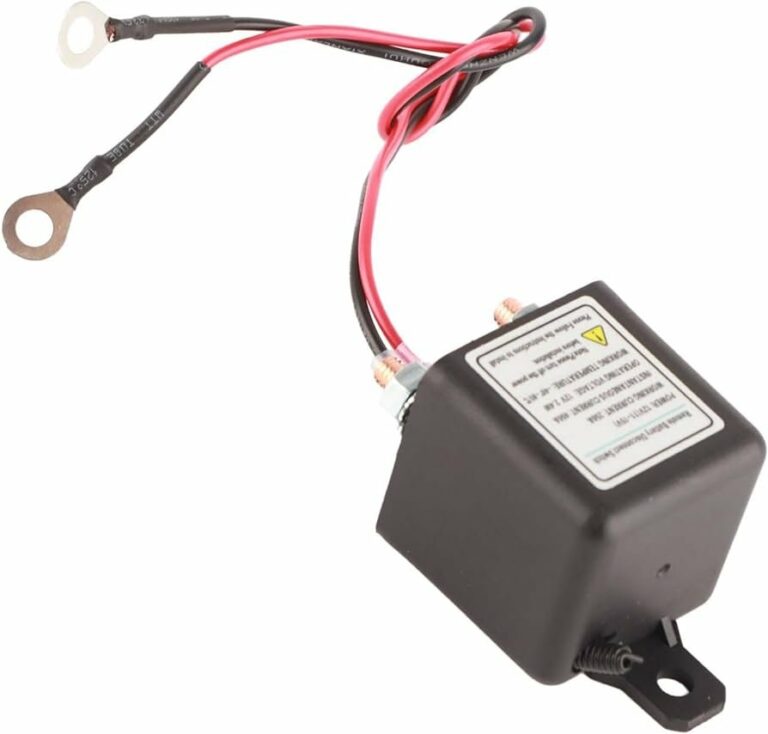Prevent Car Battery Drain When Not In Use: Expert Tips
Prevent Car Battery Drain When Not In Use. We’ve got you covered! One of the easiest ways to prevent this issue is to disconnect the battery when your vehicle is sitting idle for an extended period.
By simply removing the negative cable, you can ensure that no unnecessary power is being drained. Another solution is investing in a battery maintainer or trickle charger, which will keep your battery fully charged without overcharging it.
So, how to prevent car battery from draining when not in use? Stay tuned as we delve deeper into this topic and provide you with practical tips and tricks to keep your battery charged and ready to go.
Prevent Car Battery Drain When Not In Use:
Understanding Battery Drainage:
When your car battery drains while not in use, it can be frustrating and inconvenient. Understanding the causes of battery drainage will help you take the necessary steps to prevent it. Here are a few common reasons why your car battery may drain:
1. Parasitic Drainage: Some electrical components in your vehicle, such as the clock, alarm system, or even faulty wiring, may draw power from the battery even when the car is turned off. Over time, this can lead to battery drainage.
2. Extreme Temperatures: Extreme cold or hot weather can affect your battery’s performance. Cold temperatures can make it harder for the battery to generate sufficient power, while excessive heat can accelerate the chemical reaction within the battery, leading to a shorter lifespan.
3. Faulty Battery: If your car battery is old or damaged, it may not hold a charge as effectively. This can result in unexpected drainage, even when the vehicle is not in use.
Tips to Prevent Battery Drainage:
To prevent your car battery from draining when not in use, follow these tips:
1. Regularly Drive Your Vehicle: One of the simplest ways to keep your battery charged is by regularly driving your vehicle. Taking short trips or letting your car sit idle for extended periods can lead to battery drainage. Aim to drive your car for at least 20 minutes every few days to keep the battery charging.
2. Disconnect Battery Cables: If you plan on leaving your car unused for an extended period, consider disconnecting the battery cables. This will prevent any parasitic drainage from occurring. However, keep in mind that disconnecting the battery means you may lose stored settings and need to reprogram certain features when you reconnect it.
3. Use a Battery Maintainer or Trickle Charger: Investing in a battery maintainer or trickle charger can help prevent battery drainage during long periods of inactivity. These devices deliver a low, steady charge to the battery, keeping it topped up without overcharging.
4. Check for Electrical Faults: If you’re experiencing frequent battery drainage, it’s essential to have your electrical system inspected for any faults or issues. A professional mechanic can identify and fix any wiring problems or faulty components that may be draining your battery.
Proper Battery Maintenance:
Regular battery maintenance can significantly extend its lifespan and prevent unexpected drainage. Here’s how you can properly maintain your car battery:
1. Keep Your Battery Clean: Over time, dirt, grime, and corrosion can accumulate on the battery terminals, preventing efficient charging. Regularly clean the battery terminals using a battery cleaning brush and a mixture of baking soda and water.
2. Inspect for Signs of Wear: Routinely inspect your battery for any signs of wear or damage. Look for bulges, cracks, or leaks, as these indicate potential battery failure. If you notice any issues, it’s best to replace the battery promptly.
3. Ensure a Secure Connection: Loose or corroded battery terminals can lead to poor connectivity and drainage. Ensure the battery connections are tight, secure, and free from corrosion. Consider applying a battery terminal protectant to prevent future corrosion.
4. Avoid Unnecessary Electrical Load: Minimize the use of electrical components, such as lights, radio, or AC, when the engine is not running. Excessive electrical load can drain the battery faster, especially when the car is not in use.
Proper Storage Techniques:
If you need to store your car for an extended period, following these storage techniques will help prevent battery drainage:
1. Choose a Cool and Dry Storage Location: Store your car in a cool and dry location to minimize extreme temperature exposure. Extreme heat or cold can affect the battery’s performance and lead to drainage.
2. Disconnect Battery or Use a Battery Disconnect Switch: To prevent parasitic drainage during storage, consider disconnecting the battery cables or using a battery disconnect switch. This will ensure that no electrical components draw power from the battery.
3. Store with a Full Charge: Before storing your car, ensure the battery is fully charged. A battery with a full charge will have a better chance of retaining its charge during long periods of inactivity.
4. Consider a Battery Tender: A battery tender, also known as a smart charger, maintains the battery charge at an optimal level during storage. It monitors the battery’s charge and automatically adjusts the charging rate to prevent overcharging.
Additional Tips and Precautions:
Consider these additional tips and precautions to further prevent battery drainage:
1. Avoid Jump-Starting Other Vehicles: Jump-starting another vehicle using your car’s battery can put a strain on the battery and potentially lead to drainage. If possible, use a portable jump starter or call for professional assistance.
2. Limit Keyless Entry Usage: Keyless entry systems can also contribute to battery drainage. If you’re not using the keyless entry feature frequently, consider locking and unlocking your vehicle manually using the key to conserve battery power.
3. Install a Battery Kill Switch: Installing a battery kill switch allows you to disconnect the battery completely when not in use. This can be an effective way to prevent all forms of parasitic drainage.
4. Get Regular Battery Inspections: Schedule regular battery inspections with a qualified technician. They can test the battery’s health and provide recommendations for maintenance or replacement based on its condition.
By implementing these preventative measures and maintaining your car battery properly, you can significantly reduce the chances of experiencing drainage issues when your vehicle is not in use. Taking proactive steps will not only save you the hassle of a dead battery but also extend the overall lifespan of your car battery.
Car Battery Drains Overnight Or After Days Of No Use! PARASITIC DRAIN
Frequently Asked Questions
Why does a car battery drain when not in use?
A car battery can drain when not in use due to a variety of reasons, such as power-consuming accessories left on, a weak battery, or a parasitic draw from faulty electrical components.
How can I prevent my car battery from draining?
To prevent your car battery from draining when not in use, you can follow these steps:
– Disconnect the battery terminals or use a battery disconnect switch.
– Keep your vehicle in a garage or shaded area to minimize the battery’s exposure to extreme temperatures.
– Avoid using power-consuming accessories such as the radio or lights while the engine is not running.
– Use a battery maintainer or trickle charger to keep the battery charged.
How often should I start my car to prevent battery drain?
It is recommended to start your car at least once every two weeks to prevent battery drain. This allows the alternator to recharge the battery and keeps it in good condition.
What is a parasitic draw and how can I identify it?
A parasitic draw is an electrical load that continues to draw power from the battery even when the vehicle is turned off. To identify a parasitic draw, you can use a multimeter to measure the current flowing through the battery while the vehicle is inactive. If the reading is higher than the manufacturer’s specification, there might be a parasitic draw.
Can extreme temperatures affect my car battery’s lifespan?
Yes, extreme temperatures can impact the lifespan of your car battery. High temperatures accelerate the chemical reactions inside the battery, leading to faster self-discharge and potential damage. Similarly, cold temperatures can reduce the battery’s capacity and make it harder for the engine to start.
Is it necessary to replace my car battery if it keeps draining?
If your car battery continues to drain, it is advisable to have it tested by a professional. Sometimes, a battery may be able to be recharged and brought back to good working condition. However, if the battery is old or damaged, replacing it might be necessary to prevent further issues.
Final Thoughts
To prevent car battery draining when not in use, it is essential to take a few simple yet effective measures. Firstly, disconnecting any electronic devices or accessories that are not required can prevent unnecessary power drain. Secondly, using a trickle charger or maintaining a regular charging schedule can help keep the battery charged. Additionally, parking the car in a cool and shaded area can reduce battery drain caused by excessive heat. By implementing these preventive measures, car owners can ensure their battery remains sufficiently charged even when the vehicle is not in use. How to prevent car battery from draining when not in use? These practical tips can help you maintain a healthy and long-lasting car battery.






